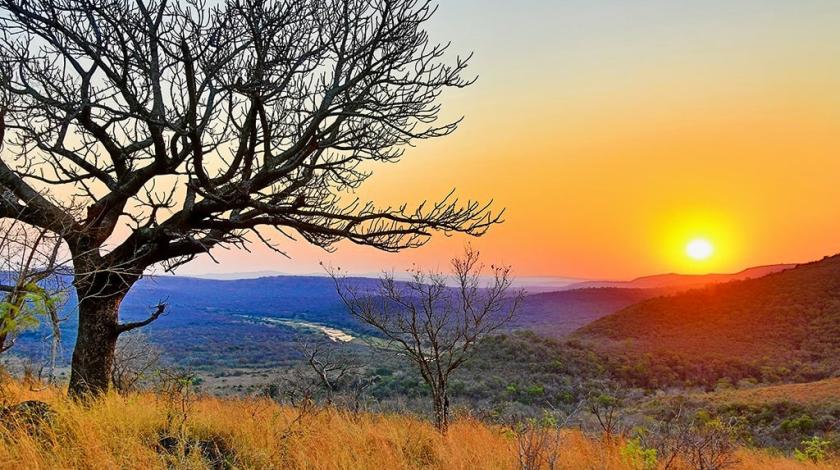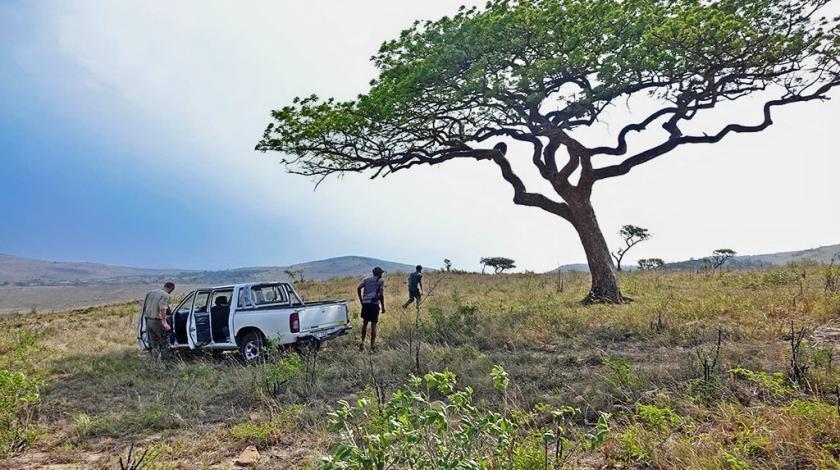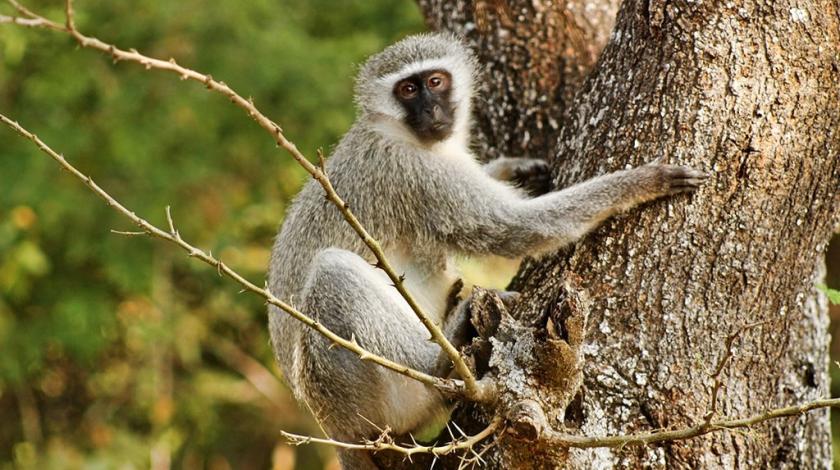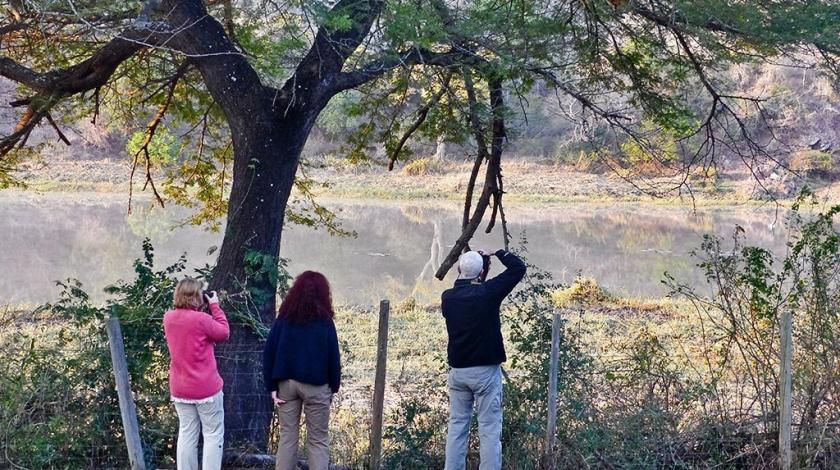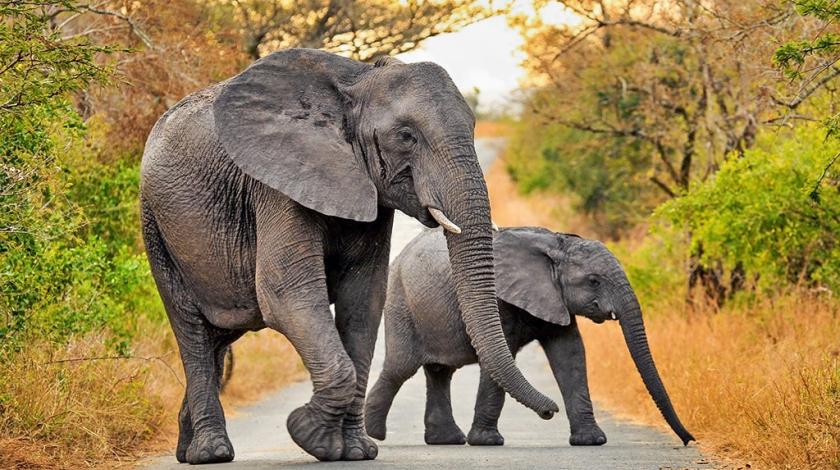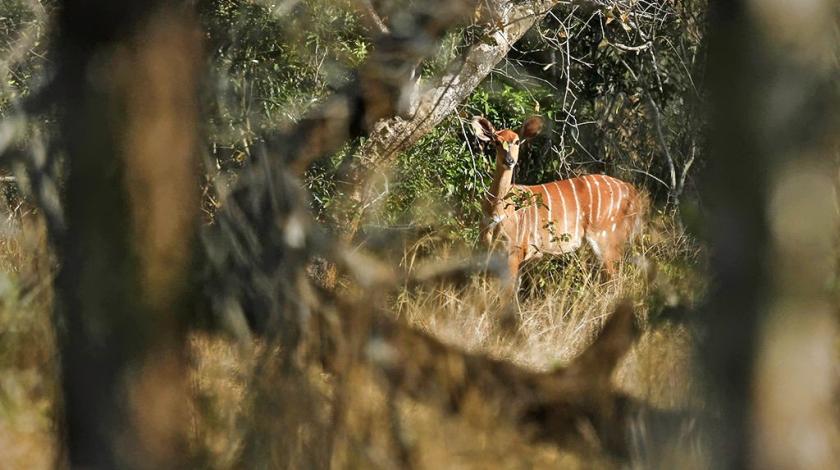BOOK WITH A $500 DEPOSIT
Walking With African Wildlife

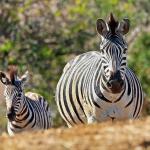
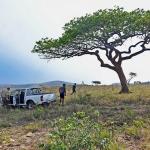
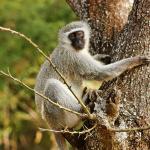
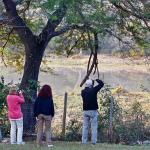
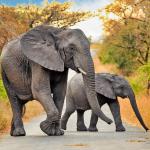
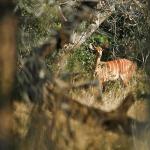
With your help, Earthwatch researchers are working to ensure the ongoing health of a major South African wildlife preserve.
 The Hluhluwe-iMfolozi Park in South Africa is a magnificent landscape of rolling savanna woodland and is the oldest game reserve in Africa. In the early 20th century, it was the last refuge for the southern white rhino, safeguarding a population that was reported to be less than 100 individuals. Now the historic, 350-square mile (900-square-kilometer) park harbors a healthy population of white rhinos, as well as black rhinos, buffalo, giraffes, elephants, kudu, impala, wildebeest, zebras, and others—a veritable ark of African biodiversity.
The Hluhluwe-iMfolozi Park in South Africa is a magnificent landscape of rolling savanna woodland and is the oldest game reserve in Africa. In the early 20th century, it was the last refuge for the southern white rhino, safeguarding a population that was reported to be less than 100 individuals. Now the historic, 350-square mile (900-square-kilometer) park harbors a healthy population of white rhinos, as well as black rhinos, buffalo, giraffes, elephants, kudu, impala, wildebeest, zebras, and others—a veritable ark of African biodiversity.
All these large herbivores, in their teeming numbers, have an impact on the structure and diversity of the ecosystem. If any one of these species’ populations grows big enough that the park’s resources can’t support it, known as overpopulation, it could mean massive destruction to their habitat and instability to the other wildlife populations it supports. Therefore, monitoring trends in the large herbivore populations as well as in predator species is necessary to see if and when management intervention is necessary. Although the wildlife is mostly left to regulate themselves, when scientists and managers notice an imbalance or that a species with a high conservation value has begun to decline, then management action is needed to maintain the health of the ecosystem.
You can join a team of researchers and staff in an ongoing survey of the 15 largest herbivores in the park, thereby contributing to a long-term database of population trends and supporting effective management and decision-making. This is a rare chance to walk through scenery most people only see from a Land Rover. In the evening, you’ll gather around the campfire under southern constellations to share the day's encounters.
A Typical Itinerary
- DAY 1: Meet in Richard’s Bay, travel to camp, orientation
- DAY 2: Complete training, receive equipment, prepare for hiking
- DAYS 3–8: Walks to survey animals, data entry
- DAY 9: Recreational day
- DAYS 10–15: Walks to survey animals, data entry
- DAY 16: Departure
.
HOW YOU WILL HELP
.
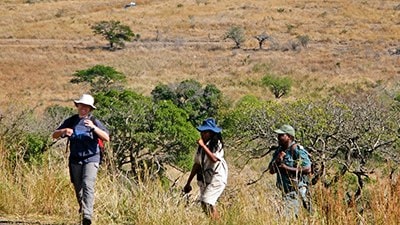
HIKE TO TRACK RHINOS, GIRAFFES, KUDU, AND OTHER ANIMALS
You'll spend most of your expedition trekking through the savanna with expert wildlife guides, observing and noting the location of every animal you see. You'll walk six to nine miles per day.
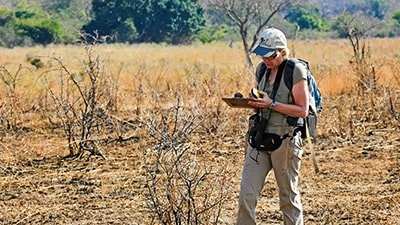
Analyze Data
For about an hour a day, you will catalog the counts of animals you collected during your hikes.
.
Field conditions and research needs can lead to changes in the itinerary and activities. We appreciate your cooperation and understanding.
.
.
FEEDBACK & QUESTIONS
5 Reviews on this Expedition
GET EARTHWATCH NEWSLETTER
Bi-weekly announcements, new expeditions, and updates on our impact around the globe.
